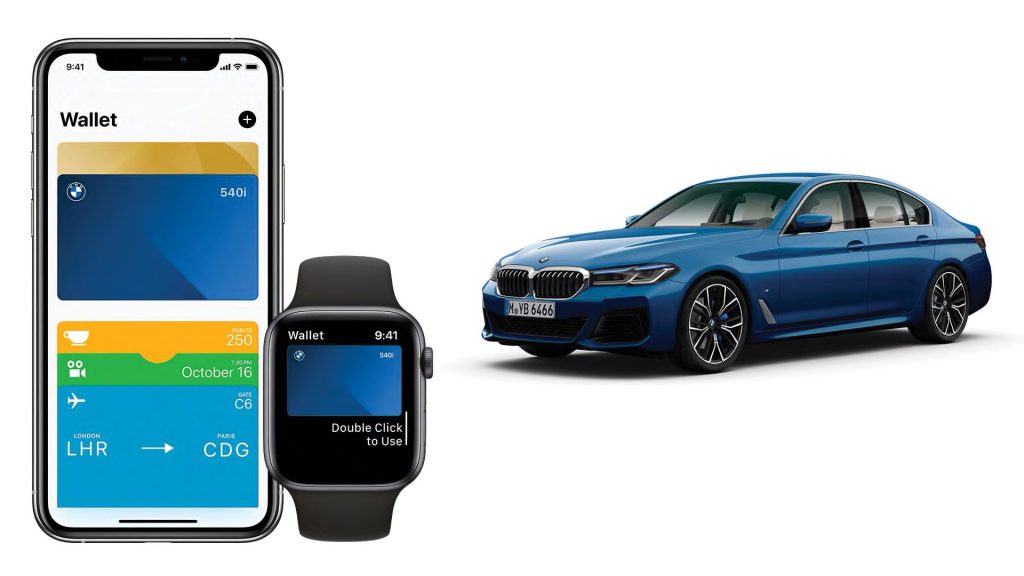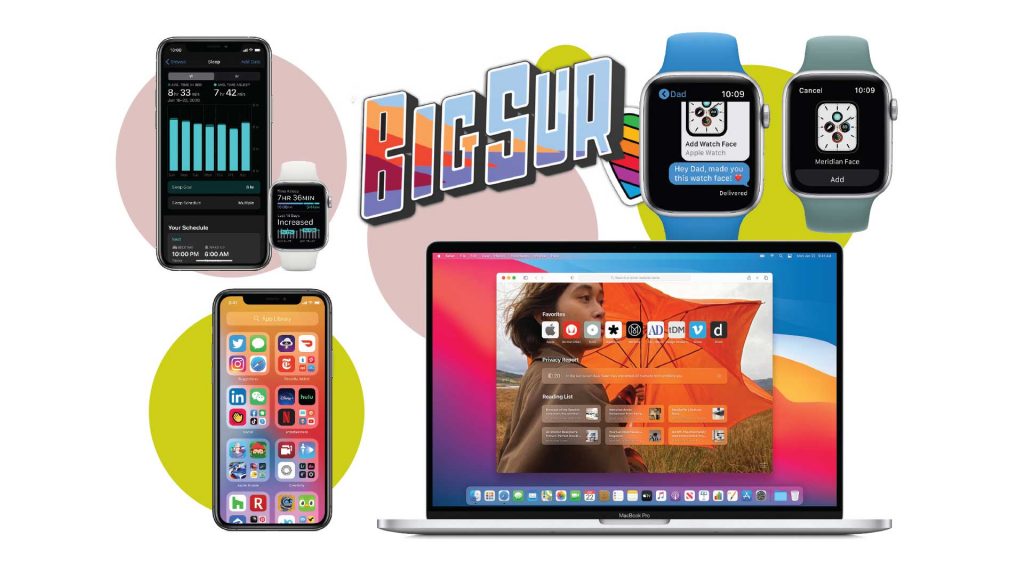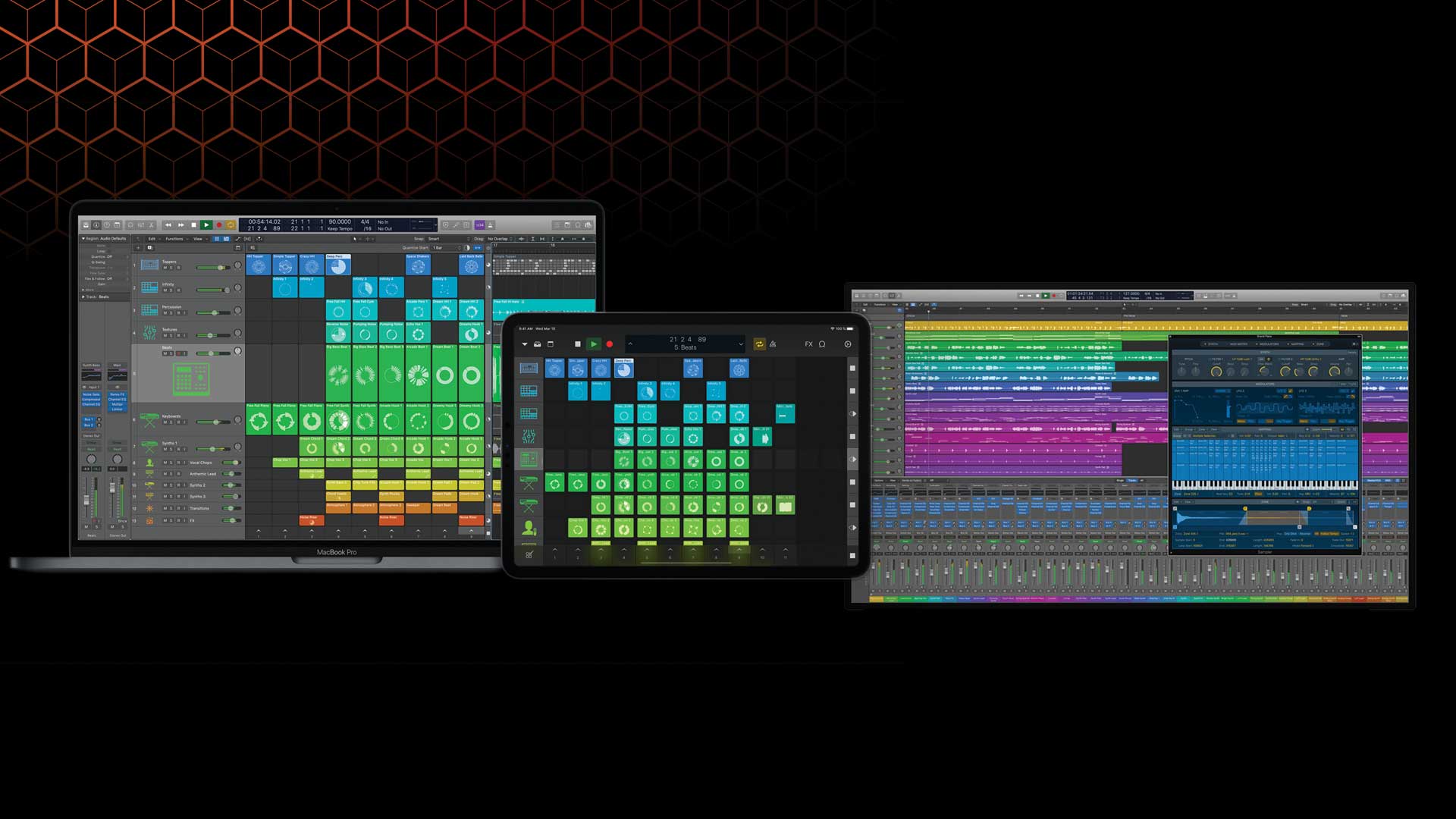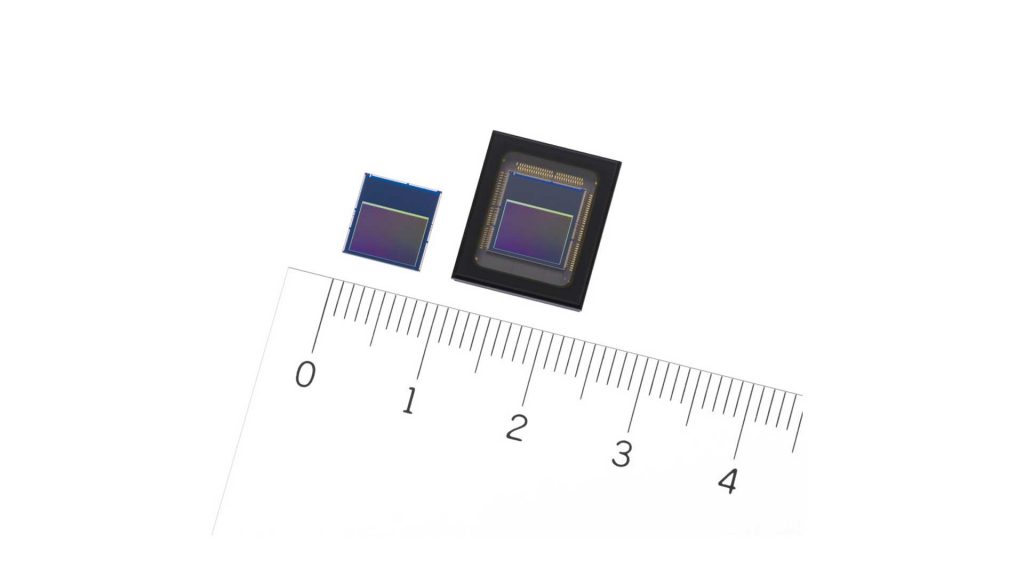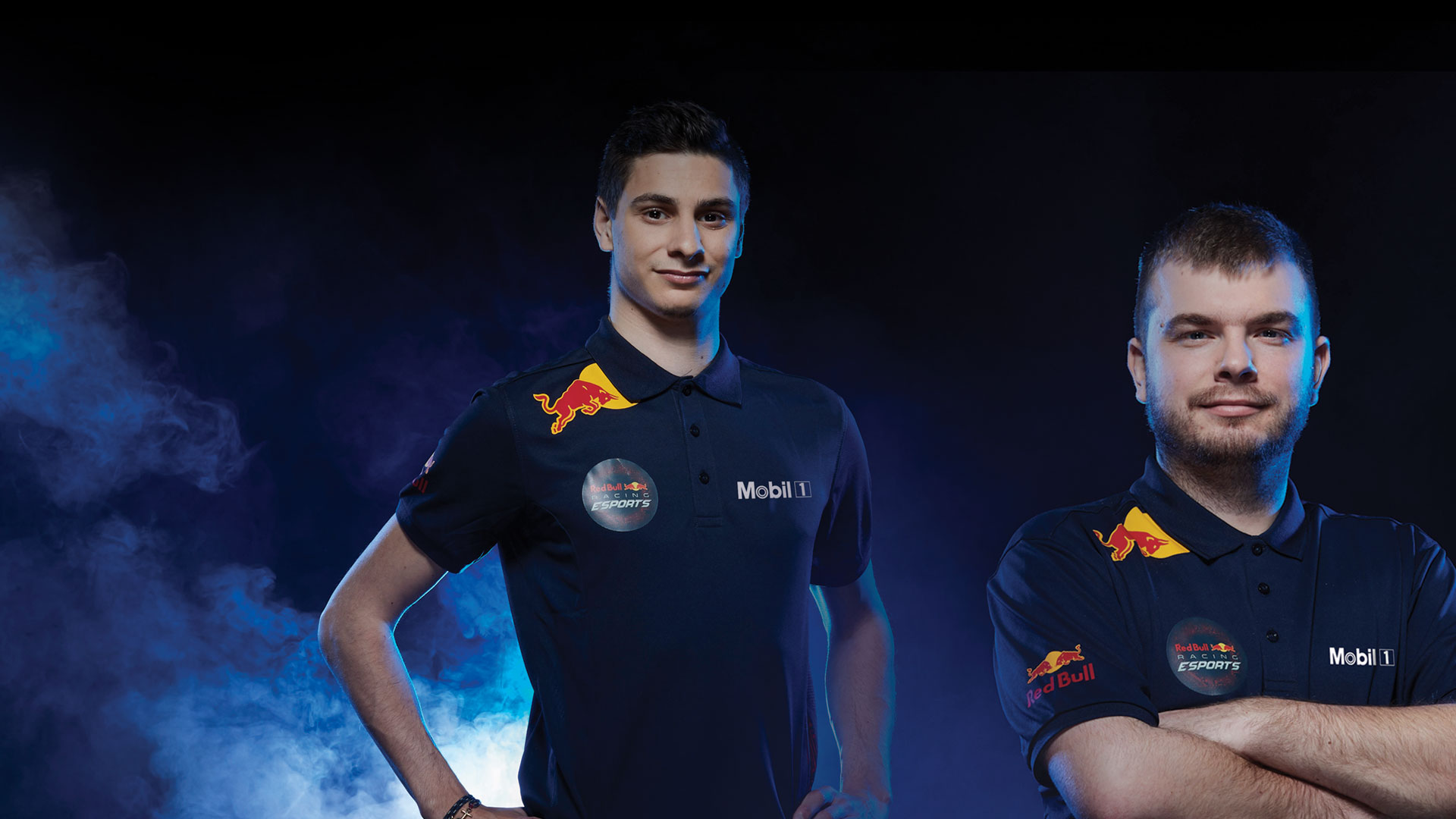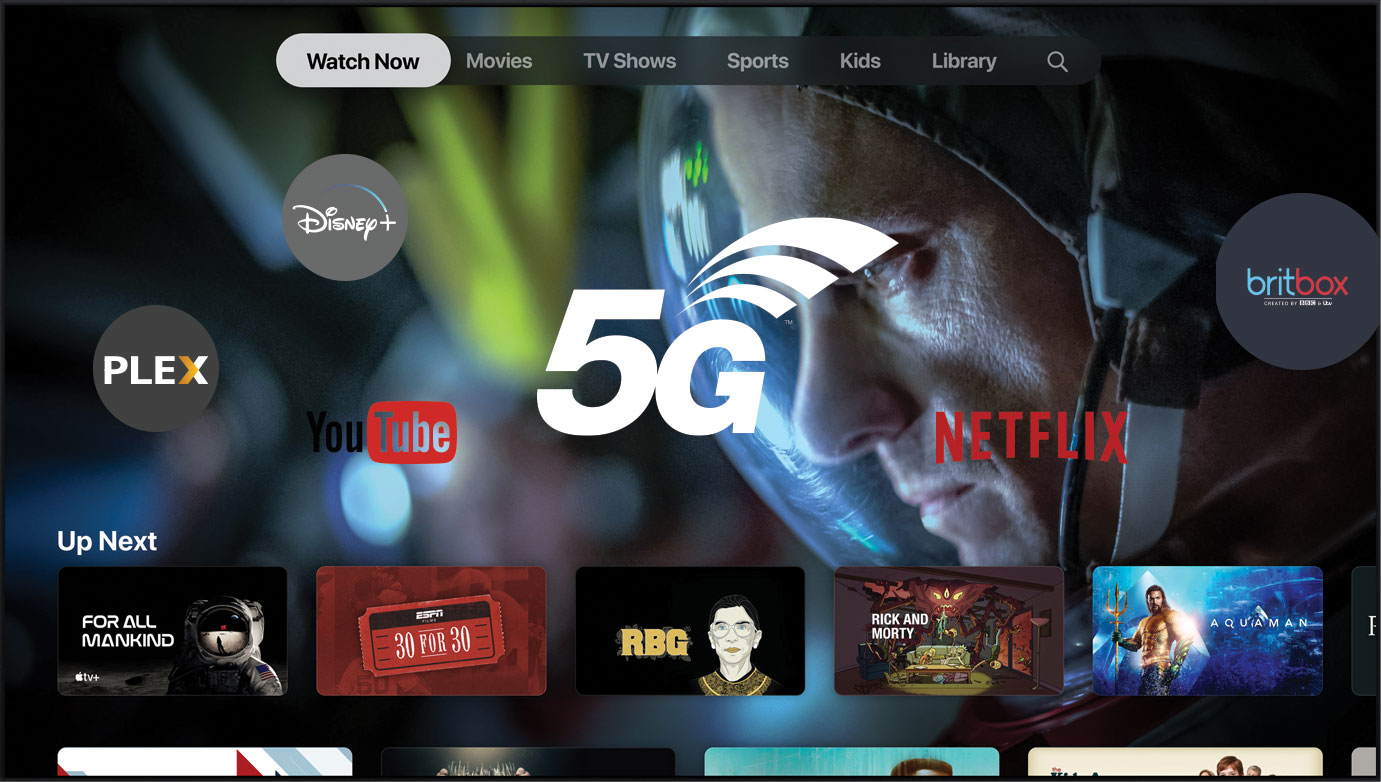Technology Insight
Best Buds…

With smartphone refresh season in full swing, it’s also time to revisit audio accessories. Here are some of the latest in-ear headphones from LG, Sony and Samsung.
LG
The HBS-FN7 features technology from Meridian Audio, the renowned British audio technology company and LG’s trusted partner in delivering superior sound. Powered by Digital Signal Processing, a technology that Meridian has been perfecting for over 25 years, the LG Tone Free FN7 can recreate a realistic soundstage that simulates the experience of listening to real loudspeakers.
Sony
At full charge, the headphones offer 9 hours of power, while the handy charging case provides an extra 9 hours. That’s up to 18 hours of noise-free listening. With noise-cancelling switched off, it’s even longer – 13 hours of power on a full charge, with an extra 13 hours provided by the charging case, for up to 26 hours of playtime. That’s enough time to go up and down the Med Steps a few times!
Samsung
The South Korean electronics firm offers this latest iteration of their Galaxy-branded wearable products. Like LG, this is a collaboration. 12mm speakers with sound by Grammy-Award winning AKG work together with Galaxy Buds Live’s ergonomic design to deliver spacious sound, while the large driver and bass duct help emit deep bass with airflow that helps the sound flow.
The RRP for each one of these earbuds is circa £200.






